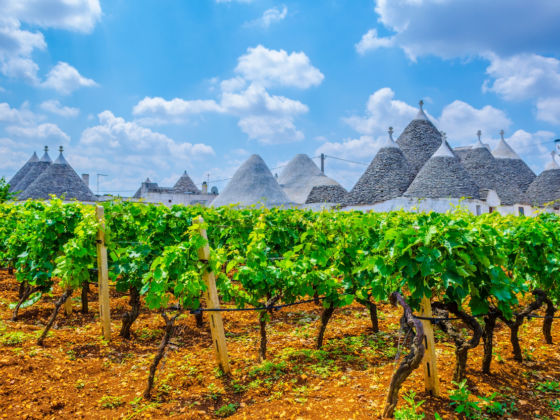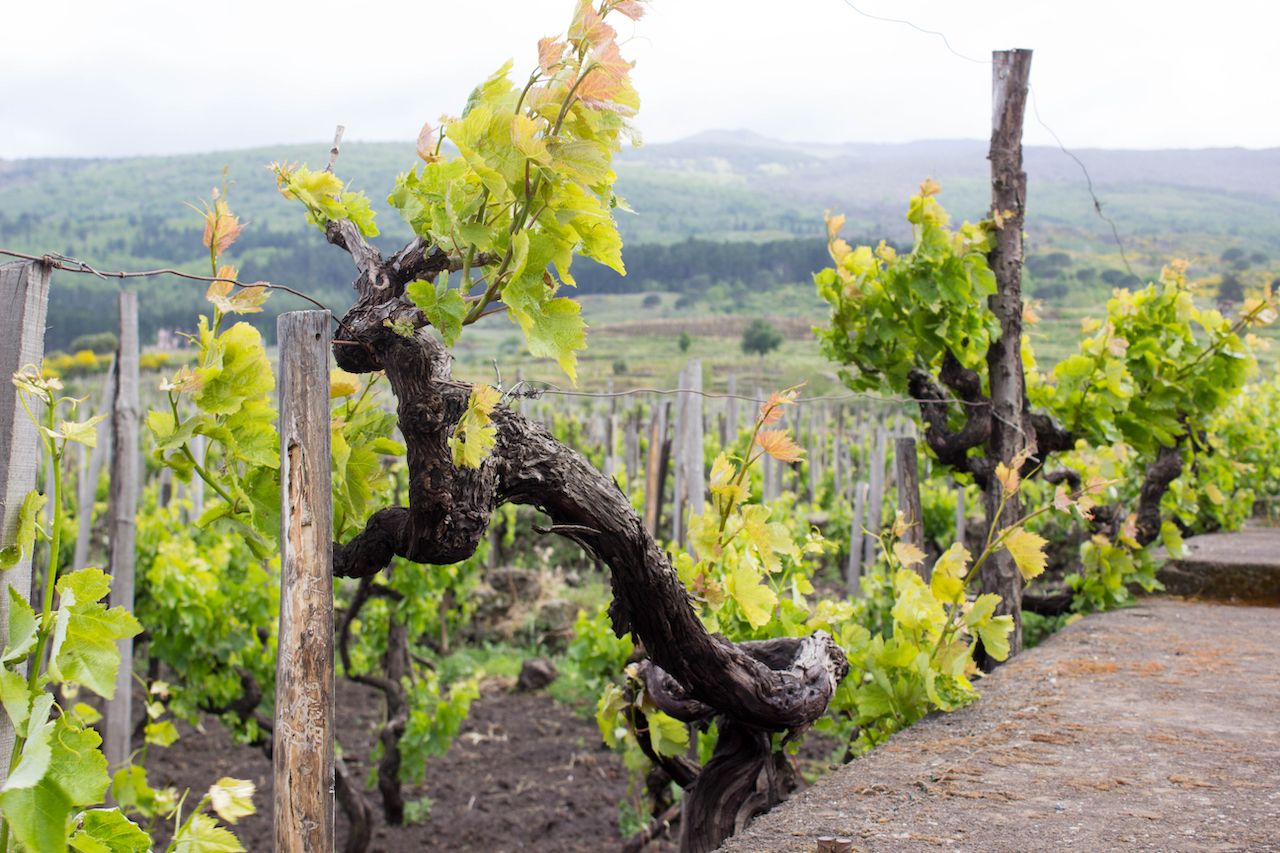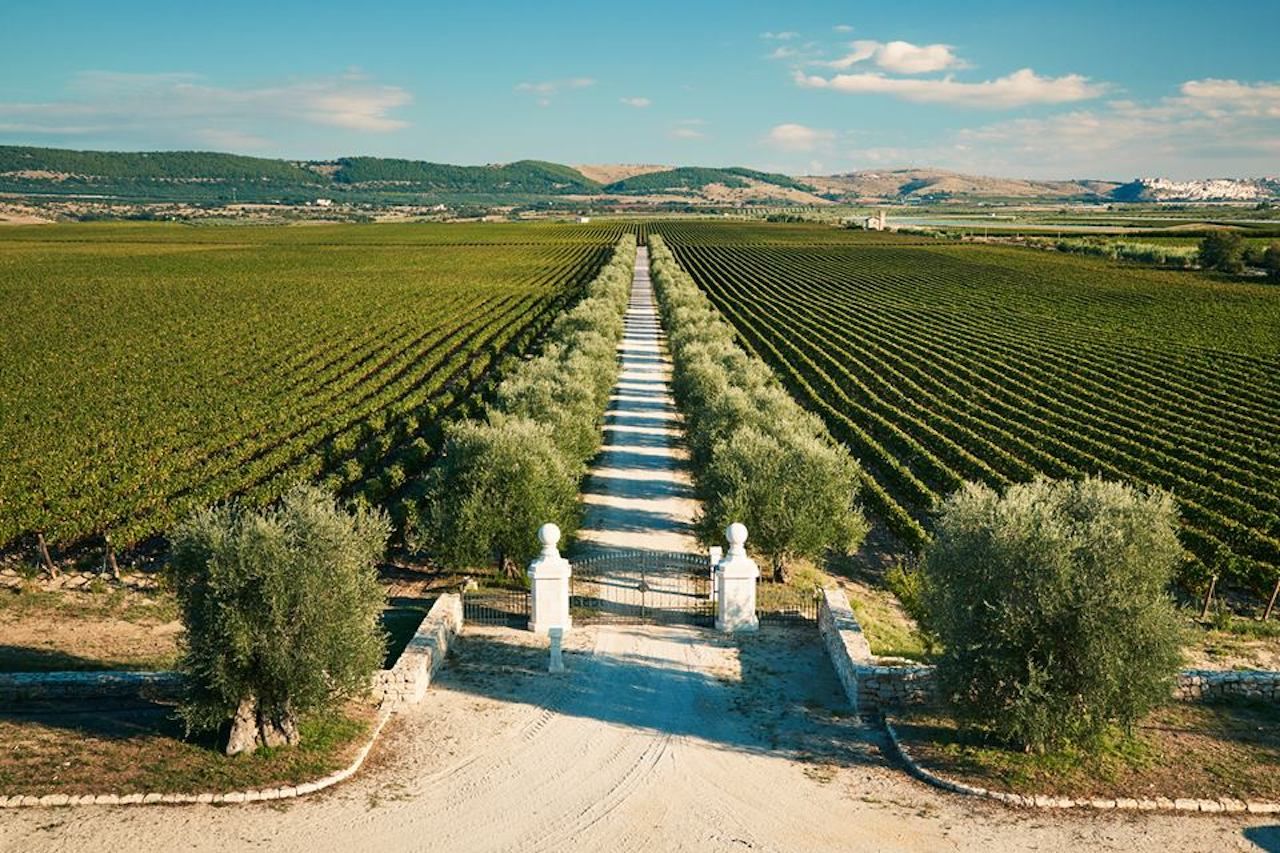There are only two things you need to understand about Italian wine to fall in love with it. The first is that it is delicious, and the second is that you will never fully comprehend all of the grape varieties grown in the country.
While it ranks among the best-known wine-producing countries in the world, the full breadth of Italian wine is known by few. Italy is home to hundreds — some say thousands — of different types of indigenous grape varieties. What the Amazon rainforest is for fauna, Italy is for good wine.



